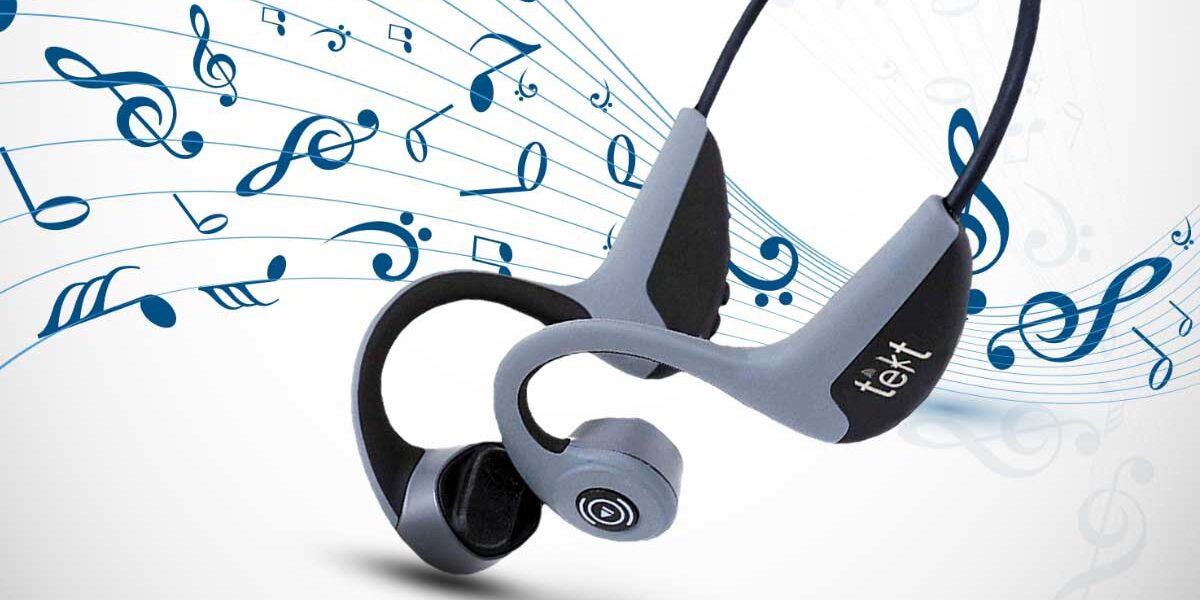Bone conduction technology:
Anyone who hears the first time, the idea sounds either fashionable or strange. So, we’ve come up with answers to the most frequently asked questions about bone conduction tech, along with its statistics and technical facts.
When the First Development of Bone Conduction Technology?
Ludwig van Beethoven—famous composer and pianist— invented it who suffered from hearing loss in the 18th and 19th centuries. He bit into a rod attached to a piano to hear music through bone conduction.
Though, supposedly bone-conducting information was known before by a physician Girolamo Cardano in the 16th century.
Nowadays, various advanced devices use bone conduction. You can spot them in wearable devices like Google Glass and headphones that pass sound to the wearer through ear bones.
This type of communication is difficult to recognize by an outsider while keeping the wearer quite informed.
It can be used for communication in the field of the military as well as professional sports.
The benefit of bone conduction headphones is communicating with the people next to you while cycling, running, hiking, and during workout sessions.
What were the First Bone Conduction Audio Devices?
In the early 19th century, the first audio bone conduction devices were developed. Such a discovery was published in March 1935, possibly the first patent. Rather than a normal speaker, it was a telephone with bone conduction.
Over the few decades, several devices were developed. In the 1980s, the very first radio and music player launched. It was created specifically for sports so that listeners could hear their surroundings while exercising. Conducting was utilized since the cables from the audio player were hooked to the collarbone.
And as per the USA-issued patent, the first bone conduction headphones were patented in 1994 by H. Werner Bottesch. It looks and works the same as advanced bone-conducting headphones.
When were the First Bone Conduction Headphones for Customers?

In 1994 the customers got their first bone conduction. After the patent for the first bone conduction headphones was published. Since the bones don’t manage all frequencies equally, the bone conduction headphones also had a bit of custom equalizing to enhance their sound quality.
Nowadays, you can find a broad range of bone conduction models; Teksun is one of the companies that offer bone conduction headphones.
Teksun Bone Conduction Headphones are built-in with the latest concept ergonomics design fully fit outside the auricle. It also has a set of features, including a sweat-proof, water-resistant IP66, and ears-free design.
Perfect for long-term wear. Tekt bone conduction headphones Bluetooth 5.0 will take you during the day without compromising on comfort. You can listen to music and take a call for business work as well as during workouts. Know more about Teksun Bone Conduction
So Exactly What is Bone Conduction technology?
The basic definition of bone conduction technology is that a device carries vibrations through the bones in your skull, directly to your inner ear.
It keeps your ears free as nothing is plugged into your Cochlea(inner ears). That means you can hear the outside noise. Thus it saves your ears from getting damaged.
How Do Bone Conduction Headphones Work?
Bone conduction transmits the sound vibrations right to the Cochlea via skull bones, avoiding the external and middle ear. Once the internal ear gets the vibrations, it generates a brain signal so you can listen to it.
It’s a mere technology that uses bone-conducting to send sound to the inner ear. Both normal hearing and deaf and hard of hearing people can use it efficiently.
Read More: A glance at Bone Conduction Headphones:What are they, and how do they work?
Can Bone Conduction Headphones Cause Hearing Loss?
Bone conduction headphones can’t cause hearing loss through eardrum damage but can harm the inner ear (Cochlea) injury if abused.
So, you don’t have to bother about outside and middle ear damage, but if used for too long at too high “volume,” you can damage your Cochlea.
Are Bone Conduction Headphones Safe?
In terms of hearing safety, bone conduction stereo headphones are at least as safe as regular headphones, if not more. Because you bypass the eardrums and go straight to the internal ear, there are fewer “parts” to damage.
Also, because your outer ear is completely open to the air, you get perfect environment awareness (no noise isolation). You hear all the sounds, just like if you didn’t wear any headphones. It’s maximum protection for street runners or any other activity where you need to listen to the world around you.
And, at the same time, you hear the music in your head loud and clear.
Are Bone Conduction Headphones as Good as Regular Headphones?
In terms of build quality, comfort, and fit the bone conducting headphones are the same to regular headphones. But when it comes to sound quality, bone conduction is slightly lagging behind.
You can find good-sounding workout headphones with bone conduction technology but won’t find any audiophile headphones with it.
The main issue is the lack of rich bass. Open ear design with bone conduction isn’t best suited for that.
Final Thoughts
One and all have different experiences and different tastes. Some people vow by bone conduction headphones, and others like to use the more conventional options available. No matter which style you choose, securing your hearing is essential.
Keep in mind you only have a single pair of eardrums that you get for survival, and being trustworthy around your hearing should always be something you have in your mind.
Are you looking for the Best bone conduction headphone? Check out our website, where you will get every detail of Teksun bone conduction headphones.



